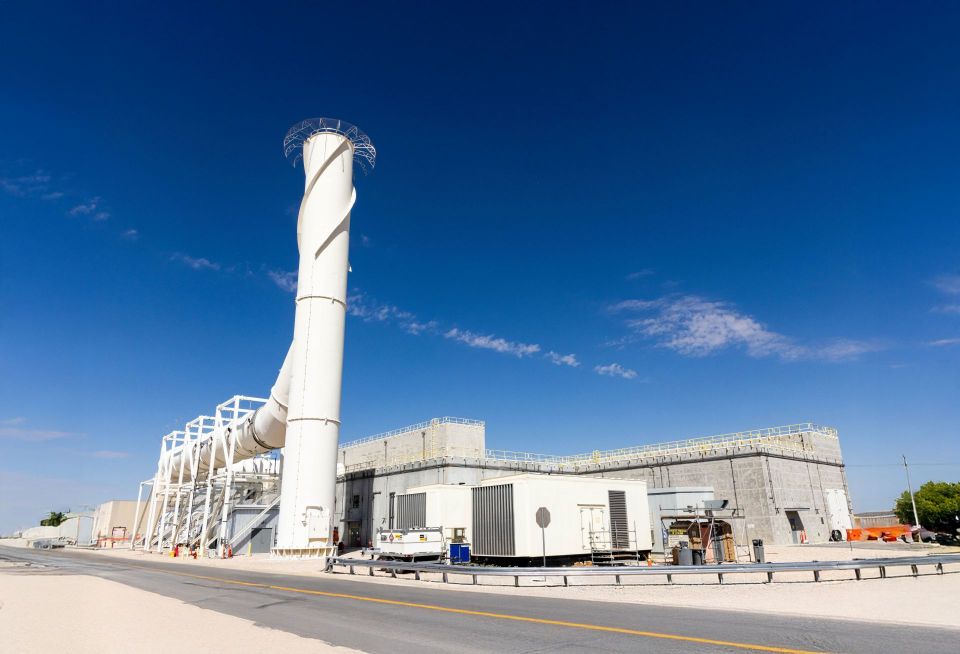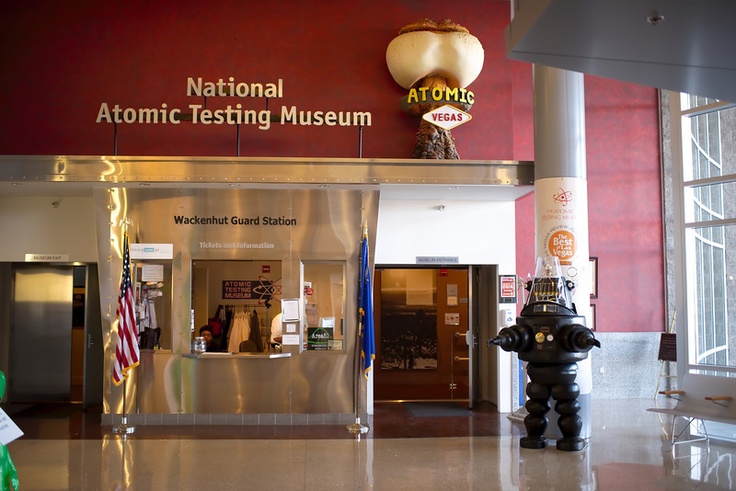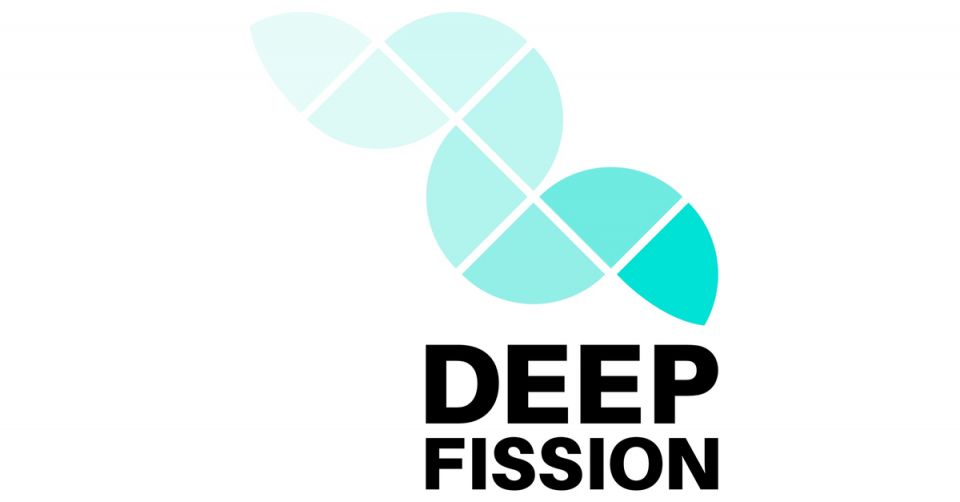Latest electricity cost estimates get new details on nuclear
Every year, the National Renewable Energy Laboratory (NREL) puts out a set of technology-specific cost and performance parameters for electricity generation. Now in its 10th year, the Electricity Annual Technology Baseline (ATB) has nearly 100,000 users from 144 countries, according to NREL. Utility planners and grid operators who look to the ATB to assess their investment options in a changing market require complete and accurate information and will be glad to know that the 2024 Electricity ATB, released June 24, includes—for the first time—a range of data on nuclear energy.








